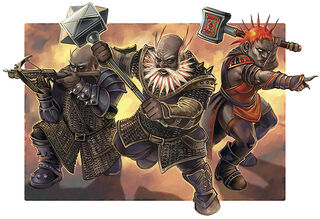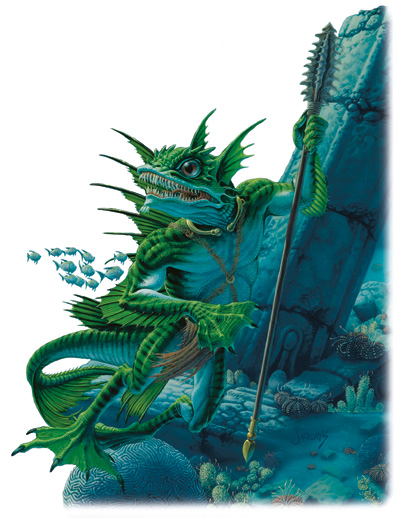Many people have expressed a disinterest in the cosmetic changes to some races from 3.x to 4e. None brought me more displeasure than the Duergar. The idea of each member of this soft skinned, humanoid race, flinging poisonous quills, from their hair is maddening.
Removing the quills require to change almost known of the fluff. They still can have infernal ties to Asmodeus, be former slaves of the Mindflayers, be distant relations to the dwarves. . . all that wonderful stuff. To balance that out, add the following:
Infernal Blood: Resist 5 Poison. Use Poison Veins as an Encounter Power.
Poison Veins Duergar Racial Power
You feel blood run from open wounds and slide down you're body, preparing to focus it's power into you're next attack.
Encounter * Poison
Minor Action Personal
Requirement: You must be bloodied.
Effect: You're next attack does an additional 1d8 poison damage to one target, and the target takes a -2 penalty to attack rolls and ongoing 2 poison damage (save ends both). This effect ends if no attack is made by the end of you're turn.
Level 11: 2d8 poison damage to one target, and the target takes a -2 penalty to attack rolls and ongoing 5 poison damage (save ends both).
Level 21: 3d8 poison damage to one target, and the target takes a -2 penalty to attack rolls and ongoing 8 poison damage (save ends both).
This gives you a similar power, so you can swap it in when running the Monsters in the MM2 and Monster Builder. The Resist 5 Poison also gives them a little more Umpf when comparing them to other player races, as well as keeping them with similar qualties as passe editions. Also, the visual imagery of the Duergar blood flowing over a weapon, staff or holy symbol and then being used to attack the palyers offers allot of fun opportunities.
PC Feats
Heroic Tier
Duergar Weapon Training
Prerequisites: Duergar
You gain proficiency and a +2 feat bonus to damages rolls with picks and hammers.
Hardened Mind
Prerequisites: Duergar, Slave No More
+2 Racial Bonus on saving throws vs. being dominated.
Slave No More
Prerequisites: Duergar
Gain a +2 Racial Bonus when escaping grabs or disabling devices currently restraining you.
Paragon Tier
Improved Infernal Blood
Prerequisites: Duergar, 11th Level
You're resistance to Poison is now 15Improved Poison Veins
Prerequisites: Duergar, 11th Level
Add you're Constitution Modifer to the damage granted by Poison Veins
Epic Tier
Epic Infernal Blood
Prerequisites: Duergar, Improved Infernal Blood, 21th Level
You become Immune to Poison Damage
Epic Poison Veins
Prerequisites: Duergar, Improved Poison Veins, 21th Level
When an enemy within 5 squares of you drops to 0 hp due to poison damage regain the use of Poison Veins.










